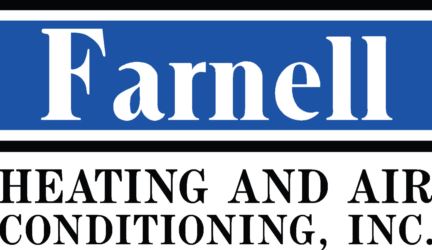
You might not think a lot about how your air conditioner works, but it requires refrigerant to keep your house cool. This refrigerant is controlled by environmental laws, since it contains chemicals.
Depending on when your air conditioner was installed, it may require R-22, R-410A or R-32 refrigerant. We’ll review the differences and which air conditioner refrigerants are being phased out in Mobile, plus how these phaseouts impact you.
What’s R-22 and Why Is It Phased Out?
If your air conditioner was installed before 2010, it possibly has Freon®. You can learn if your air conditioner has it by contacting us at 251-471-2674. You can also examine the name plate on your air conditioner condenser, which is situated outside your house. This sticker will have details on what model of refrigerant your AC uses.
Freon, which is also referred to as R-22, includes chlorine. Scientists consider Freon to be damaging to the earth’s ozone layer and one that contributes to global warming. The Environmental Protection Agency, which governs refrigerants in the United States, banned its production and import in January 2020.
Should I Replace My R-22 Air Conditioner?
It varies. If your air conditioning is running correctly, you can continue to run it. With yearly air conditioner maintenance, you can expect your AC to work around 15–20 years. However, the Department of Energy reports that replacing a 10-year-old air conditioner could save you 20–40% on yearly cooling bills!
If you don’t replace your air conditioner, it can cause a problem if you need air conditioning repair in the future, specifically for refrigerant. Repairs might be higher-priced, as only small levels of recycled and reclaimed R-22 is accessible.
With the end of R-22, a lot of new air conditioners now rely on Puron®. Also called R-410A, this refrigerant was created to keep the ozone layer in good shape. Because it calls for a varying pressure level, it isn’t compatible with air conditioners that use R-22 for cooling.
However, Puron still has the potential to lead to global warming. As a result, it could also ultimately be ended. Although it hasn’t been mandated yet for residential air conditioners, it’s anticipated sometime this decade.
What Refrigerant Will Take Over R-410A?
In preparation of the phaseout, some manufacturers have started using R-32 in new air conditioners. This refrigerant rates low for global warming possibility—about one-third less than R-410A. And it also lowers energy consumption by approximately 10%, according to the Intergovernmental Panel on Climate Change’s Fourth Assessment Report. That’s savings that could be sent on to you through your utility costs.
Farnell Heating & Air Conditioning Inc Can Help with All Your Air Conditioning Needs
In short, the changes to air conditioner refrigerant probably won’t impact you a whole lot until you have to have repairs. But as we discussed beforehand, refrigerant repairs can be more expensive since there are the low levels that are accessible.
Not to mention, your air conditioner frequently malfunctions at the worst time, frequently on the warmest day when we’re receiving many other calls for AC repair.
If your air conditioner relies on an outdated refrigerant or is getting old, we advise getting an up-to-date, energy-efficient air conditioner. This provides a stress-free summer and could even reduce your electrical expenses, especially if you select an ENERGY STAR®-rated air conditioner. Plus, Farnell Heating & Air Conditioning Inc has many financing solutions to make your new air conditioner work with your budget. Contact us at 251-471-2674 to start right away with a free estimate.
